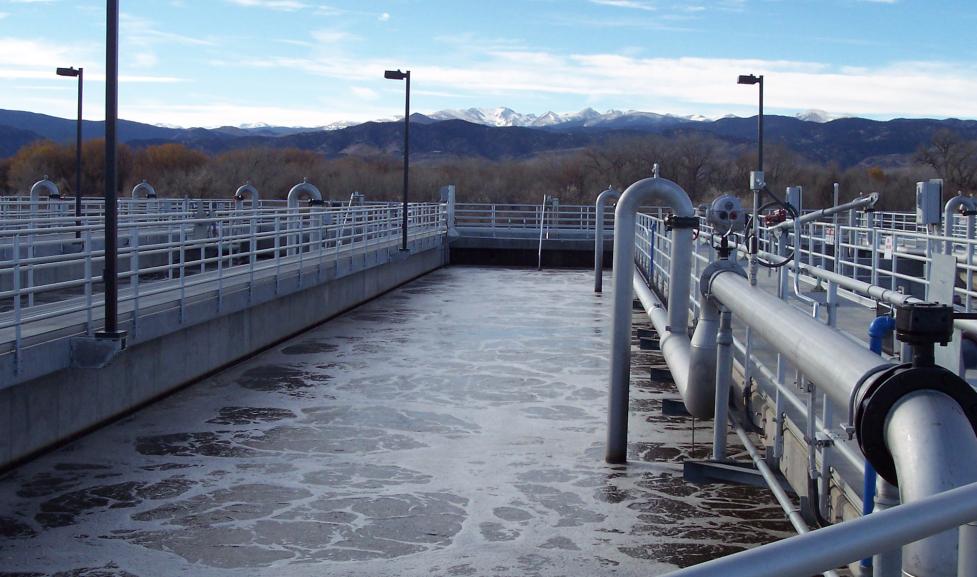Project Overview
Boulder’s Water Resource Recovery Facility (WRRF) was constructed in the late 1960s to treat wastewater generated by the city before discharging treated water to Boulder Creek. The 25 million gallon per day facility has undergone several improvements over the years to adapt to changing regulations, enhance resource recovery, improve energy efficiency, and modernize aging assets.
Colorado is adopting increasingly stringent nutrient limits, and Boulder will soon be required to meet increasingly tight nitrogen limits, as well as new limits for phosphorus. The WRRF is already out-performing the expected nitrogen limit, and is participating in an incentive program further reducing nitrogen in the discharge. This project will extend the treatment capabilities for the facility to also include phosphorus reductions.
